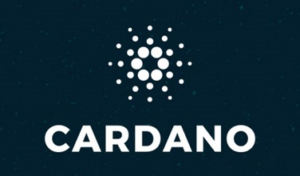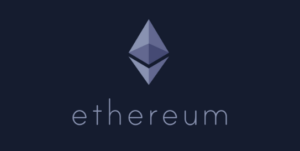Bitcoin (BTC) has long been the undisputed star of the cryptocurrency world, with its meteoric rise capturing headlines and investor attention worldwide. However, in the dynamic realm of digital currencies, there are always contenders vying for the spotlight – the so-called altcoins. These alternative cryptocurrencies have unique features and potential that make them intriguing to investors looking for the next big thing. As we navigate through the ever-changing landscape of crypto, the question arises: Can any of the perspective altcoins outperform the rise of Bitcoin (BTC)?
Among the multitude of altcoins in circulation, several have caught the eye of industry experts and enthusiasts alike. Ethereum (ETH), often touted as the silver to Bitcoin’s gold, stands out with its smart contract functionality and decentralized applications. This blockchain platform allows developers to create and deploy their own tokens and programs, offering a versatile and expansive ecosystem beyond just a digital currency.
Another prominent altcoin is Ripple (XRP), known for its focus on enabling faster and cheaper cross-border payments. Ripple’s technology aims to revolutionize the traditional banking system by facilitating secure and efficient transactions across borders, potentially reshaping the global financial landscape.
Litecoin (LTC) is often referred to as the “digital silver” to Bitcoin’s gold, offering faster transaction speeds and lower fees compared to its predecessor. With a strong community and a dedicated development team, Litecoin continues to be a popular choice for users seeking a reliable and established cryptocurrency.
Beyond these well-known altcoins, newer players such as Cardano (ADA) and Polkadot (DOT) are making waves with their innovative approaches to blockchain technology. Cardano focuses on scalability and sustainability, aiming to create a secure and scalable platform for deploying decentralized applications. Polkadot, on the other hand, is a multi-chain network that enables different blockchains to transfer messages and value in a secure and trustworthy manner.
While these altcoins each bring their unique strengths to the table, it’s essential to remember that the cryptocurrency market is highly volatile and unpredictable. Factors such as market sentiment, regulatory developments, technological advancements, and macroeconomic trends can all influence the value and adoption of individual cryptocurrencies.
Investors considering altcoins as potential investment opportunities should conduct thorough research, assess the fundamentals of each project, and understand the risks involved in the volatile crypto market. Diversification and a long-term perspective are crucial strategies for navigating the ups and downs of the digital currency landscape.
In conclusion, while Bitcoin (BTC) remains the dominant force in the cryptocurrency space, altcoins present exciting possibilities for investors seeking exposure to innovative blockchain projects. With a diverse range of altcoins offering unique features and use cases, the competition to outperform the rise of Bitcoin continues to drive innovation and growth in the crypto ecosystem.


